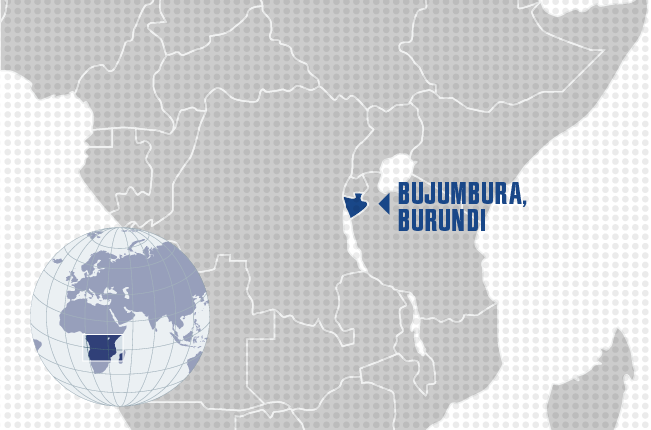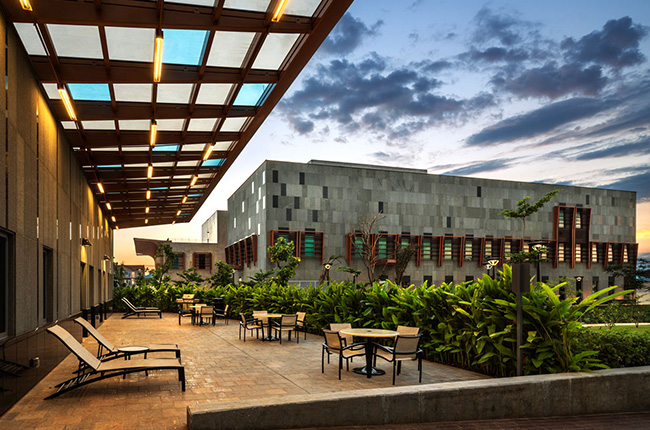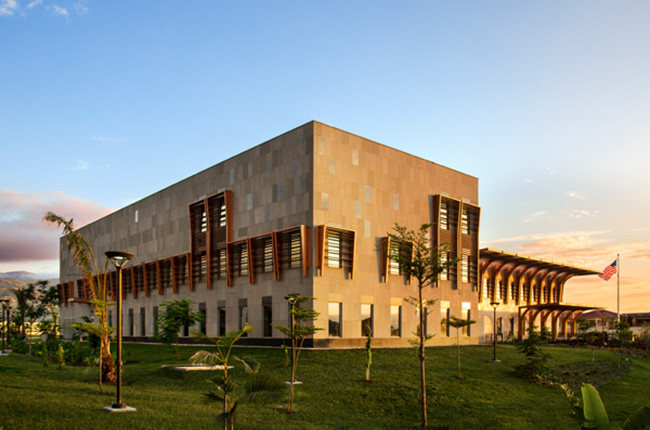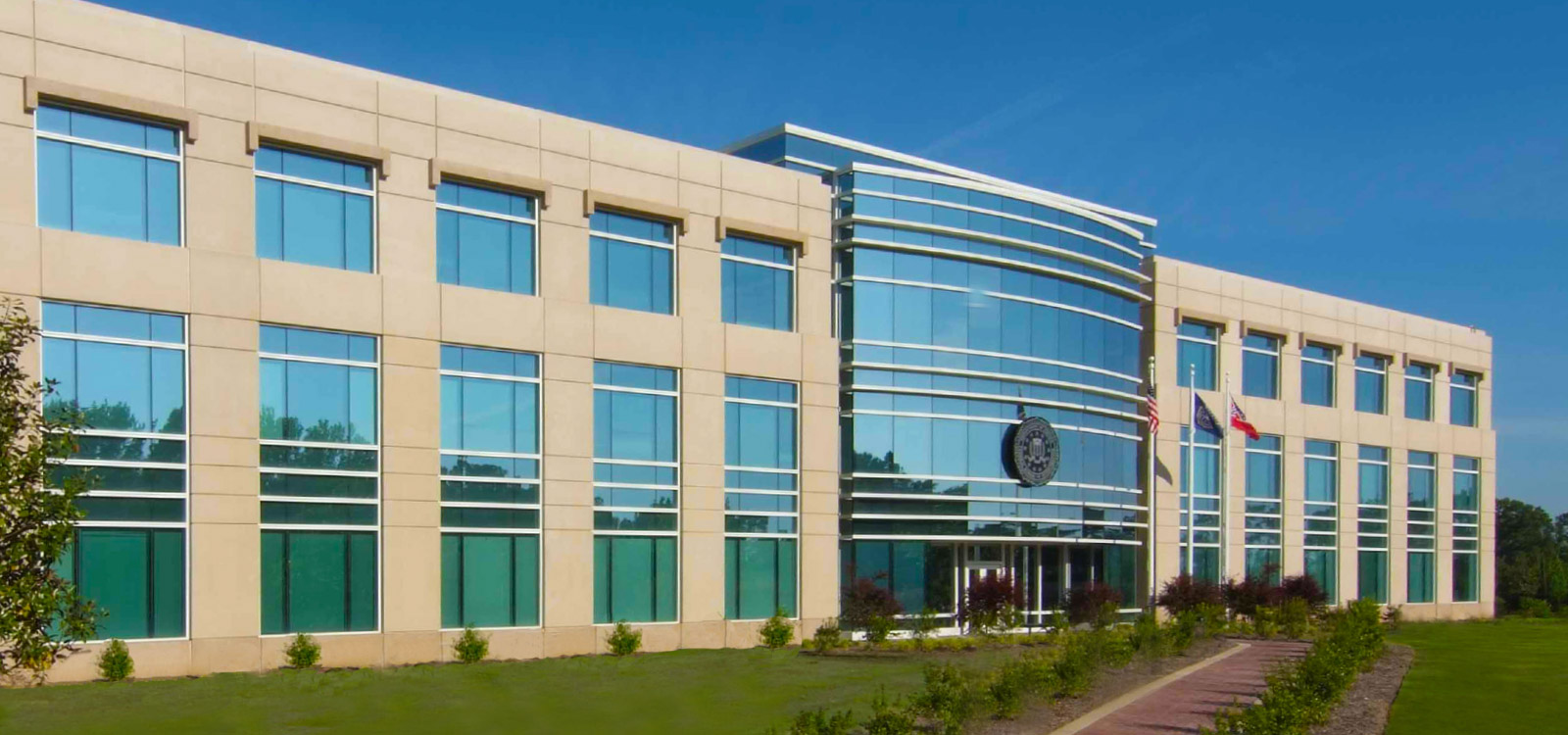U.S. Embassy
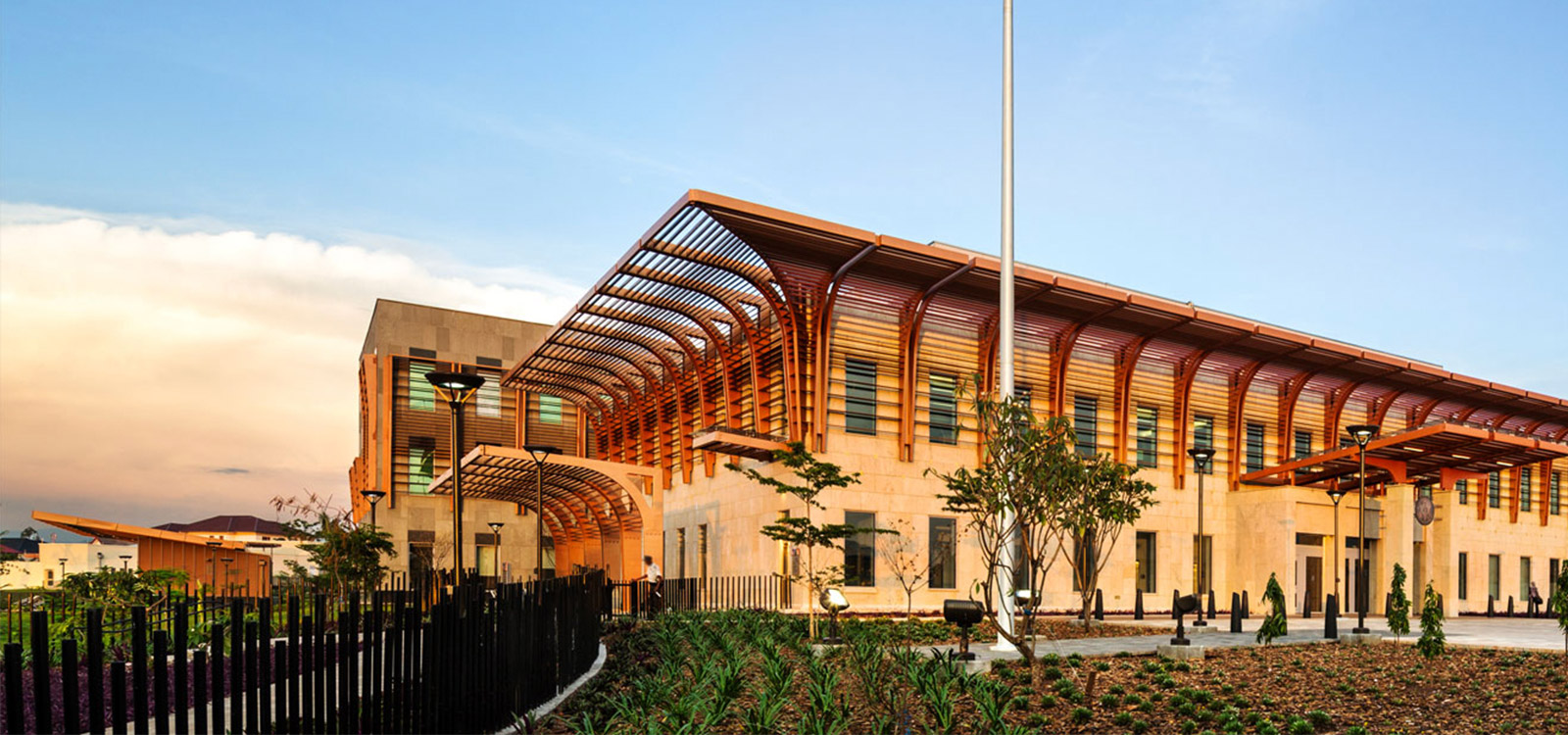
New embassy breaks the norm
U.S. Embassy
—Bujumbura, Burundi
Quick hits
While planning to build a new U.S. Embassy in the African nation of Burundi, Norshield collaborated with our partners to reverse the grip of the Standard Embassy Design guidelines. The result was more than just a stunning new structure for the Department of State, it was an architectural revolution.
Bujumbura, Burundi isn’t exactly a trendy travel destination. Bordered by Rwanda, The Democratic Republic of the Congo and Tanzania, it’s a tough neighborhood. And although The U.S. State Department has issued a Level 4 Travel Advisory for the country, its diplomatic importance in the region is undeniable¬—so much so that in 2009, it committed $133 million to the construction of a new diplomatic compound. That the embassy was built, or indeed its final cost, is not what makes this project remarkable. What is remarkable is the process by which it was designed and constructed, breaking protocol and putting the Embassy Design & Construction category on an exciting new path.
Located just 234 miles south of the equator in central Africa, every day is a long day Bujumbura, Burundi. Year-round average temperatures rarely dip below 70 degrees Fahrenheit, and even in the dead of the Burundi winter, sunlight is abundant.
Situated on a gently sloping 8.3-acre site, the U.S. Embassy in Burundi was completed in 2014 and provides a modern, safe, and energy efficient campus for promoting democratic principles and economic growth in Burundi. Contemporary in design and function, yet respective of local context, the new embassy building features an open and welcoming entrance with security integrated into the design to ensure the safety and well-being of employees and visitors.
Plagued by political instability, a substandard healthcare system and a beleaguered law enforcement community, the de facto capital can be a dangerous place. Any American presence requires a sober consideration of what might happen should things go horribly wrong. Contingency planning as well as an eye on sustainable building practices led the design team to step away from Standard Embassy Design (SED) for the exterior windows and doors and instead consider a new and previously unavailable alternative. Norshield designed and manufactured more than 300 custom FE/BR and blast resistant thermally broken aluminum windows and custom entrance doors for the project.
Steel-framed windows had been the standard for nearly a decade, but Norshield built an undeniable case for aluminum windows with a state-of-the-art thermal break. “The Burundi project was a watershed moment for Norshield, but it also set these types of construction projects on a whole new trajectory. From that point forward, thermally-broken aluminum windows became the standard,” said Barry White, Norshield Executive Vice President and COO. “At the time, Norshield was the only manufacturer that could provide a certified FE/BR and blast resistant aluminum window.”
Obviously, the safety of embassy personnel is the single most important consideration, and Norshield’s products were required to perform to exacting and stringent anti-blast, anti-ballistic and forced-entry performance standards as established by the Department of State. This project helped to usher in what would become a fresh new approach to building embassies. The U.S. Department of State’s Office of Overseas Building Operations (OBO) introduced the Excellence in Diplomatic Facilities approach to embassy design in 2011. The Excellence program released architects from a previous protocol that standardized design and subsequently opened up a new era of architectural expression, allowing for site-specific engineering and performance considerations.
“The Burundi project was a watershed moment; breaking from the Standard Embassy Design protocol and using a thermally-broken aluminum window set the category on a whole new trajectory.”
—Barry White, Norshield Executive Vice President and COO
Thanks to the design team’s progressive efforts, the Burundi embassy was certified as LEED Gold. Thoughtful planning and products ultimately worked in concert, reducing energy consumption by 52% (relative to the ASHRAE baseline). The thermal performance attributes of Norshield’s window systems resulted in a more balanced approach to the LEED certification. Had steel-framed windows been used, the plans would have certainly had to overcompensate in some other area of the project to achieve LEED Gold status. Although Norshield’s windows and doors represented a relatively small part of the overall cost of the embassy, they are an important example of the benefits of a process that examines the comprehensive performance of a building product.
CONTRACTOR
Caddell Construction~
ARCHITECT
Perkins + Will
ARCHITECT OF RECORD
EYP
OWNER
U.S. Department of State, Bureau of Overseas Buildings Operations (OBO)
Download PDF
